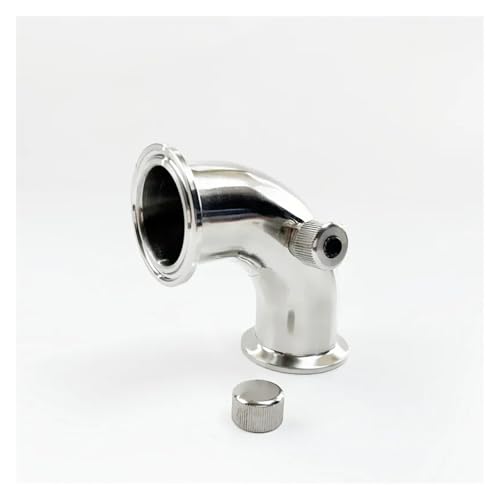Stages of Yeast Activity in Fermentation
After the yeast are added to, or pitched, into the cooled wort, they go through three separate processes leading up to, and including, fermentation.
THE INITIAL PREPARATION PERIOD is essentially a ââ¬Åwaking upââ¬Â and ââ¬Åchecking outââ¬Â period for yeast that have often been dried, processed, packaged, and/or shipped across the country. The waking up phase involves cell-wall preparation, nitrogen uptake, sugar uptake, and oxygen uptake. In other words, the yeast utilize the wort to get themselves in shape for fermentation. A wort that is missing required sugars, proteins, lipids, or ions at this stage will slow or halt the preparation of the yeast.
Even if the yeast are healthy and already actively growing, they will still have to consider, or check out, the new growth environment before committing to it. A yeast colony will not want to put its valuable biological resources into a potentially poor home, so a quick check of food and space is as essential to a yeast cell as it is to any living organism.
The length of time required for all of this preparation is directly related to how healthy the yeast are. Sick or weak yeast wonââ¬â¢t be prepared as fast as healthy yeast. Dried yeast that come straight out of a packet will take longer to recover than a liquid culture of yeast already growing in a food-filled media. However, even actively growing yeast will still go through a ââ¬Åpitching shockââ¬Â lag as they check out and get used to their new home.
AEROBIC (WITH OXYGEN) RESPIRATION is the second stage of yeast activity. Yeast cells can get fifteen times more energy from a sugar molecule if they use oxygen. Therefore, while oxygen is available in the wort, yeast will feed using aerobic respiration. The energy produced will help yeast grow and multiply. This is why you want to aerate your wort at the beginningââ¬âto get lots of healthy yeast cells before anaerobic fermentation starts. Aerobic respiration produces six molecules of carbon dioxide (CO2) per sugar molecule metabolized, so youââ¬â¢ll start to see bubbles form, despite the fact that alcohol is not being produced. Assuming you have healthy yeast, the time spent in the aerobic respiration phase is directly related to how much dissolved oxygen is in the wort.
ANAEROBIC (WITHOUT OXYGEN) FERMENTATION is the much awaited final stage of yeast activity. During this time, significant yeast growth and cell division still occur, increasing the number of yeast cells. Since all the oxygen is gone, the yeast cells turn to anaerobic respiration, which leads to ethanol production. One molecule of CO2 is produced for each ethanol molecule produced.


































![BREWING THERMOMETER STICKERS ACCURATELY MONITOR FERMENTING BEER & WINE LIQUID TEMPERATURES 5PCS HOME BREW SPIRITS WINE LCD ADHESIVE [US]](https://m.media-amazon.com/images/I/311DDjo2X3L._SL500_.jpg)





